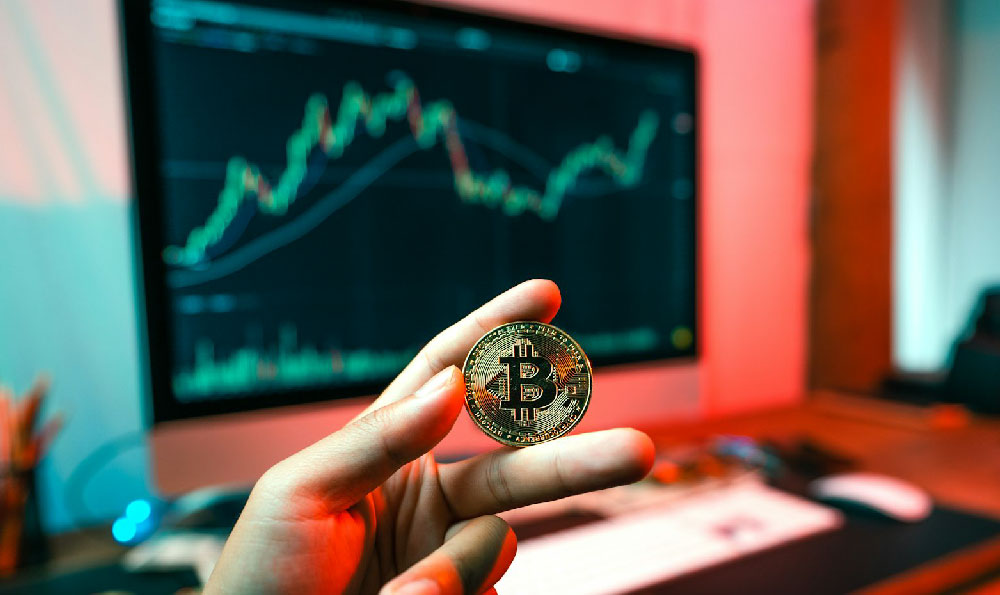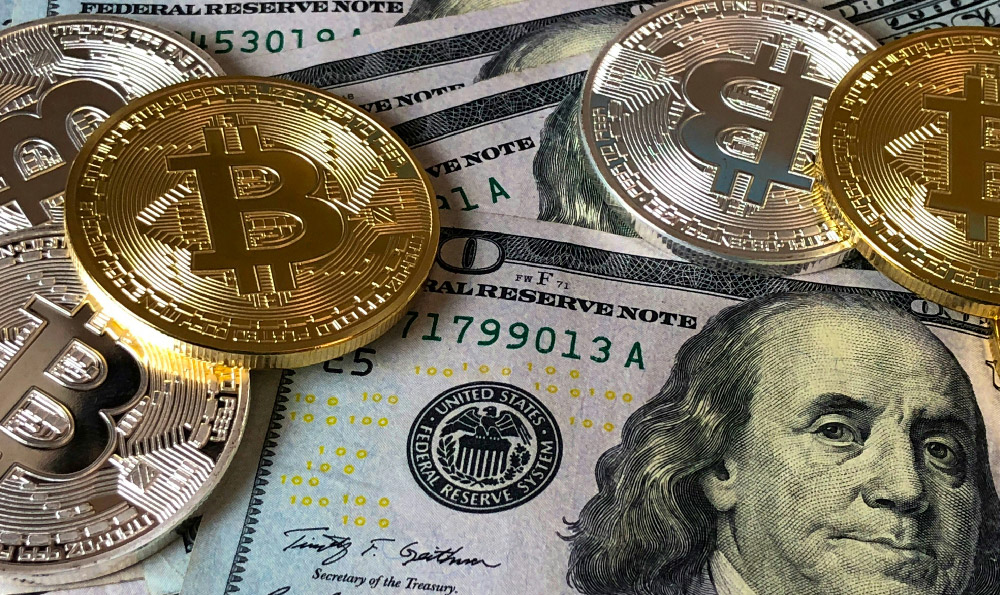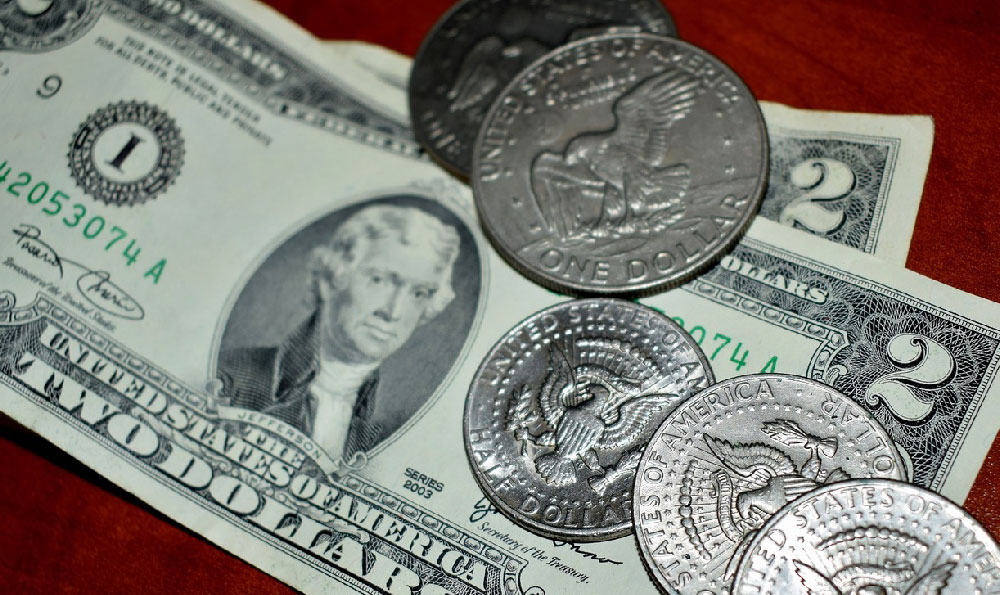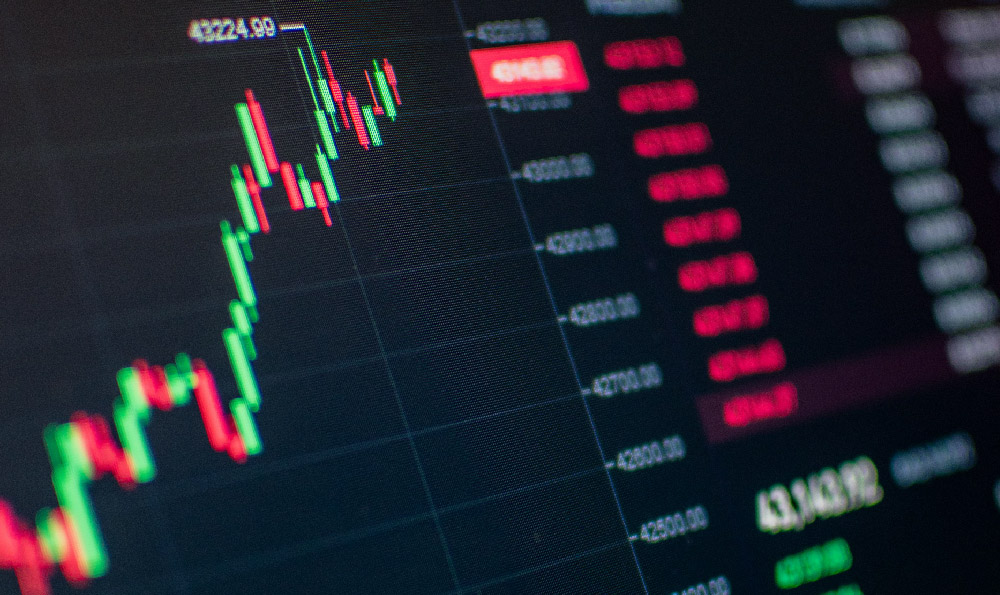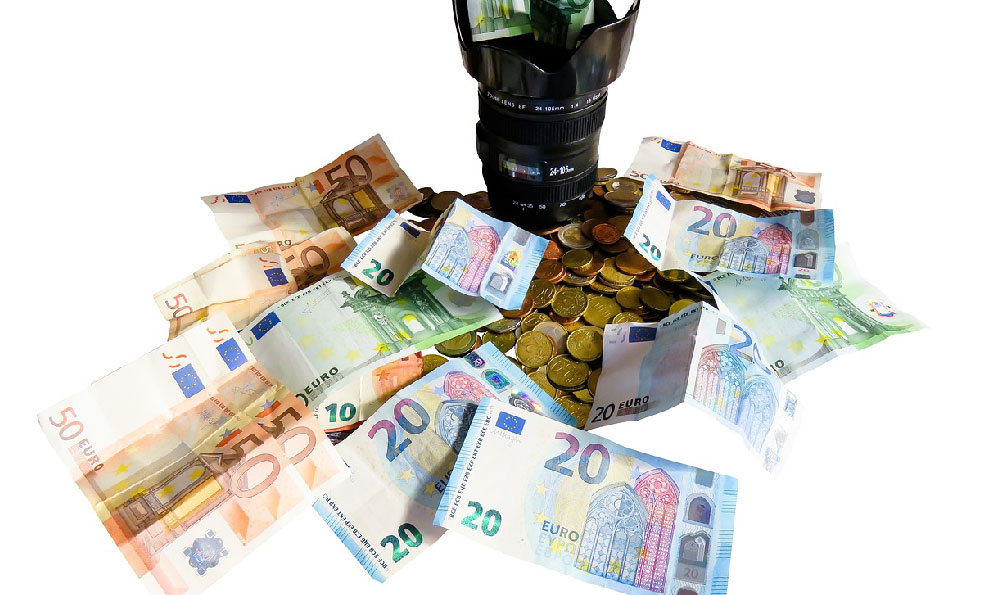Are gemstones a worthwhile investment? This is a question that dances on the edge of allure and caution. The glittering facade of rubies, sapphires, emeralds, and diamonds holds undeniable appeal, promising not only beauty but also, perhaps, a secure haven for capital. However, venturing into the realm of gemstone investment requires a critical eye, a thorough understanding of the market, and a realistic assessment of the inherent risks.
The intrinsic value of gemstones is a complex interplay of rarity, quality, and desirability. Unlike stocks or bonds, gemstones lack a standardized valuation system. Their worth is largely determined by the "4Cs": Carat (weight), Clarity, Color, and Cut. Carat weight is straightforward – the larger the stone, generally the more expensive. Clarity refers to the absence of inclusions (internal flaws) and blemishes (surface imperfections). Color is crucial, with certain hues and saturations commanding significantly higher prices. Finally, the cut determines how well the gemstone reflects light, influencing its brilliance and overall aesthetic appeal. Even subtle differences within these categories can dramatically affect a gemstone's value.
Beyond the 4Cs, provenance and treatment history play significant roles. A gemstone originating from a historically renowned mine, such as a Kashmir sapphire or a Burmese ruby, often carries a premium. Similarly, untreated gemstones, those that haven't undergone enhancements to improve their color or clarity, are typically more valuable than treated stones. Disclosure of treatment is crucial for ethical and legal reasons, and reputable dealers will always provide this information.

The gemstone market itself is highly fragmented and opaque compared to traditional financial markets. Pricing can be subjective and influenced by factors such as geographical location, prevailing economic conditions, and collector demand. There isn't a central exchange where gemstones are traded, making price discovery challenging. While indices like the RapNet Diamond Index exist, they only provide a general indication of price trends and don't capture the nuances of individual stones.
Investing in gemstones is not akin to parking money in a savings account. It's a long-term game that requires patience and a deep understanding of market dynamics. The gemstone market is not immune to fluctuations, and prices can be influenced by economic downturns, changes in fashion trends, and the discovery of new gemstone deposits. Moreover, liquidity can be a significant concern. Selling a gemstone quickly at a fair price can be difficult, especially if it's a unique or exceptionally valuable stone.
Several factors contribute to the illiquidity of gemstones. Finding a qualified buyer who appreciates the stone's value and is willing to pay a reasonable price can take time. Transaction costs, including dealer commissions, appraisal fees, and insurance, can also eat into potential profits. Furthermore, the authentication process can be lengthy and expensive, requiring expert analysis and certification from reputable gemological laboratories.
However, gemstones can offer some advantages as an investment. They can act as a hedge against inflation and currency devaluation. During periods of economic uncertainty, when traditional assets may decline in value, gemstones can hold their worth or even appreciate due to their inherent scarcity and perceived safe-haven status. They also offer diversification benefits, providing a tangible asset that is uncorrelated with stocks, bonds, and real estate.
For those considering gemstone investment, several strategies can be employed. Investing in rare and high-quality gemstones, such as colored diamonds, fine rubies, and exceptional sapphires, is a common approach. These stones are often sought after by collectors and investors and tend to hold their value over time. Another strategy is to focus on gemstones from specific geographic origins known for producing exceptional stones.
However, embarking on a gemstone investment journey without proper guidance can be perilous. It is crucial to seek advice from qualified and experienced gemologists and dealers. These professionals can provide valuable insights into market trends, pricing dynamics, and the authentication process. They can also help you identify reputable sources for purchasing gemstones and avoid falling prey to scams or fraudulent practices.
Before investing, thorough due diligence is essential. Obtain a detailed gemological report from a reputable laboratory, such as the Gemological Institute of America (GIA) or the American Gem Trade Association (AGTA). This report will provide a comprehensive assessment of the gemstone's characteristics, including its clarity, color, and cut, as well as any treatments it has undergone.
Remember, investing in gemstones is not a get-rich-quick scheme. It requires patience, knowledge, and a long-term perspective. While the potential rewards can be significant, the risks are also considerable. By educating yourself, seeking expert advice, and exercising caution, you can increase your chances of success in this fascinating and potentially lucrative investment arena. Treat it as you would any other serious investment, with careful research and a clear understanding of the risks involved. Approached with diligence and a measured approach, gemstones can be a valuable addition to a diversified investment portfolio. However, never invest more than you can afford to lose, and always prioritize financial security above the allure of glittering stones.



